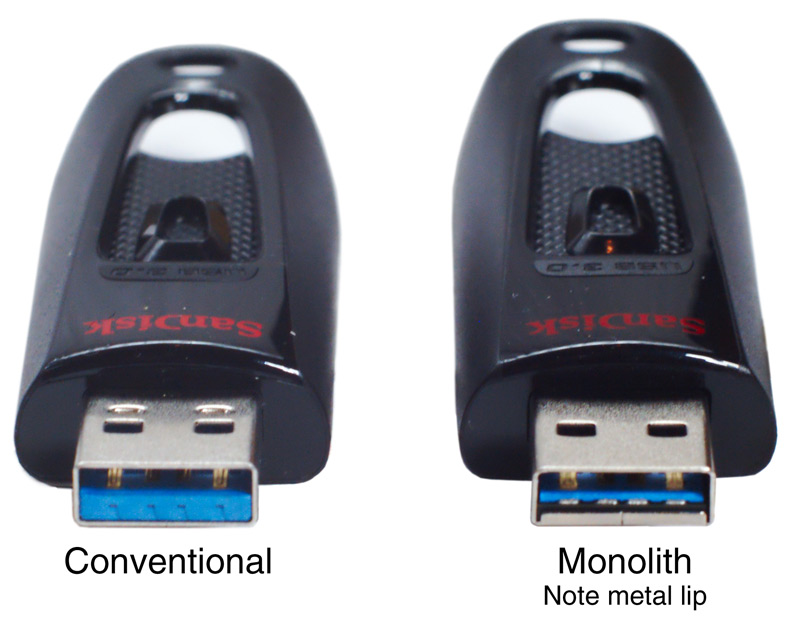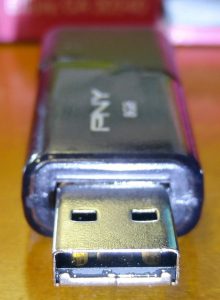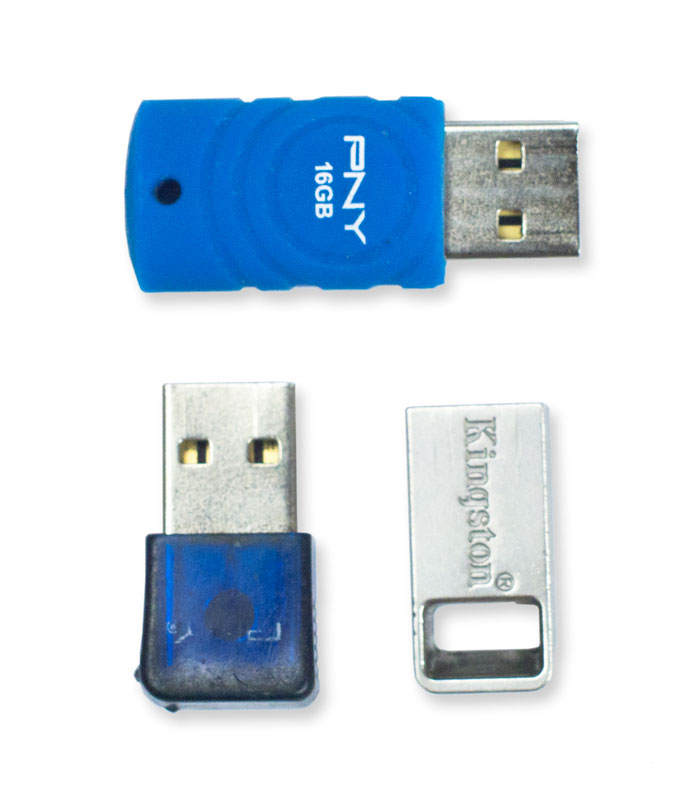At Blizzard Data Recovery, we try to make it affordable to get your data back. We offer low recovery pricing for both conventional and monolithic USB flash drives. More and more manufacturers are starting to switch from traditional controller + NAND type devices to monolithic devices, and these nonconventional devices require invasive work that is time consuming and there are sometimes challenges to reconstruct the data. For the worst cases, we may have to perform monolith pinout discovery which is not a service most data recovery shops provide. Many data recovery companies charge a much higher fee for monolith recovery service. At Blizzard we just add a $100 to our conventional recovery prices.


How to tell if you have a monolithic flash drive:
Not all monoliths have these distinguishing features, but these are some common ways they can be identified.
In Figure A (above) you can see two SanDisk Ultra USB devices. The one on the left is a conventional device and the other is a monolithic device, but they are nearly indistinguishable at a glance. Click the picture to enlarge and see the difference. For full size devices, you can often tell a monolith by looking straight into the front of the USB connector and looking for a metal lip across the bottom, which helps retain the chip inside the housing. We have seen the monolith version of these SanDisk Ultra drives coming from Amazon and Walmart since mid 2018.
Figure B depicts a very common USB device from PNY. You can tell it is a monolith from the metal bar at the bottom that retains the chip. There are no parts inside the plastic housing; it’s just one small “chip” inside the metal connector.

Figure C shows examples of some short monolithic USB devices that are not conventional.
As of September 2020, we’ve started seeing some new manufacture USB 2.0 Lexar JumpDrives that are monoliths but have no obvious identifiers on the outside.
Review our flash drive recovery pricing.